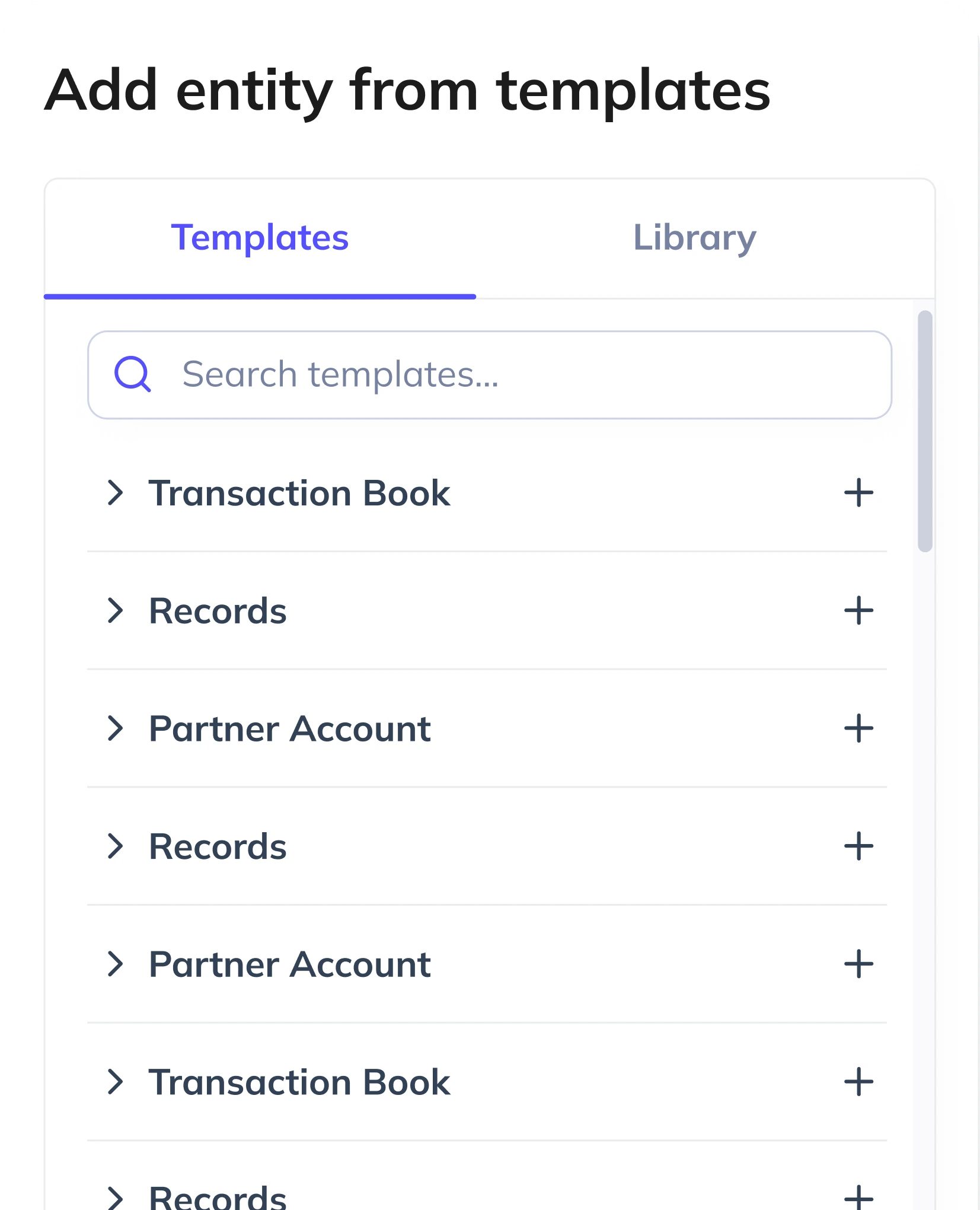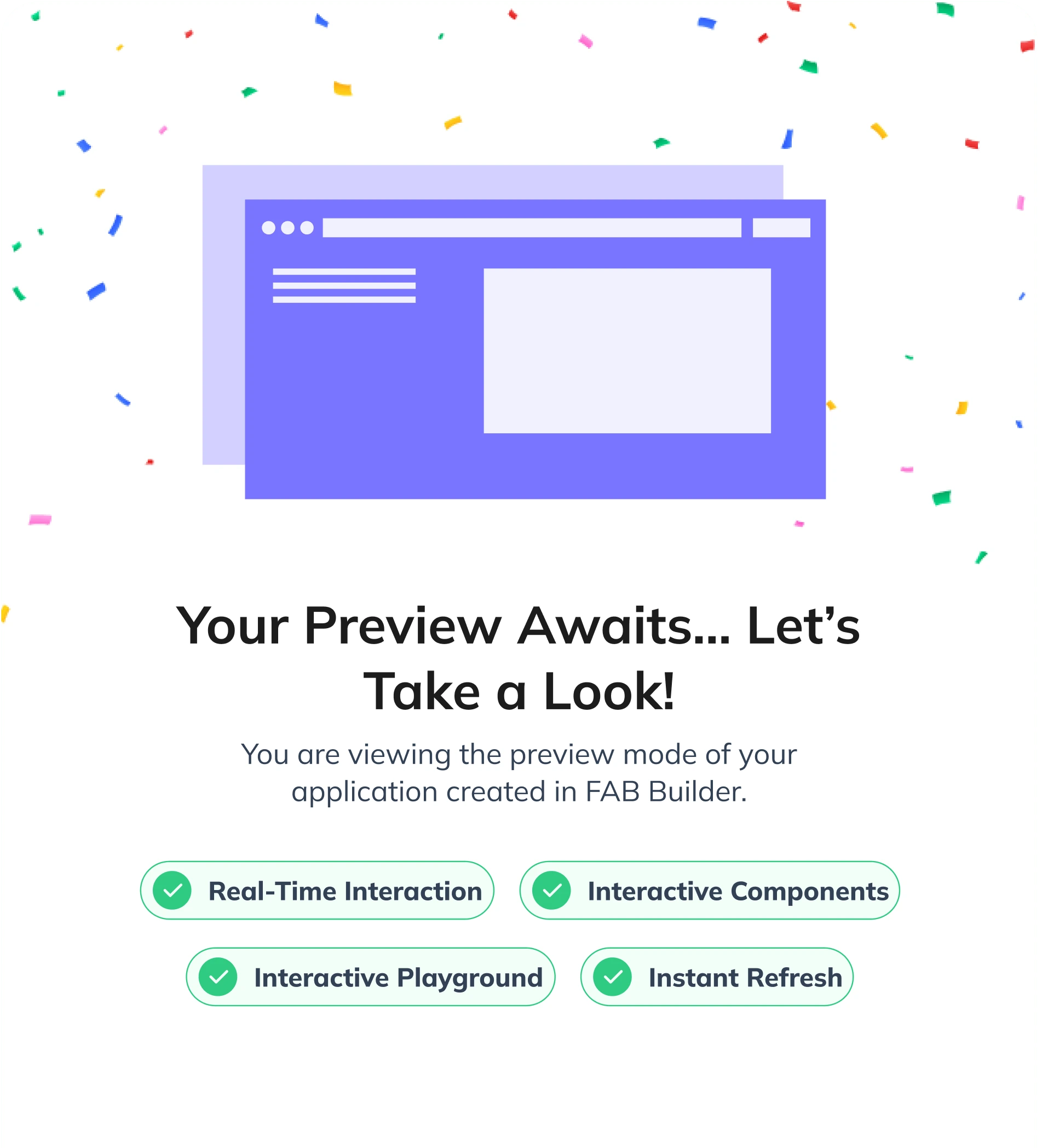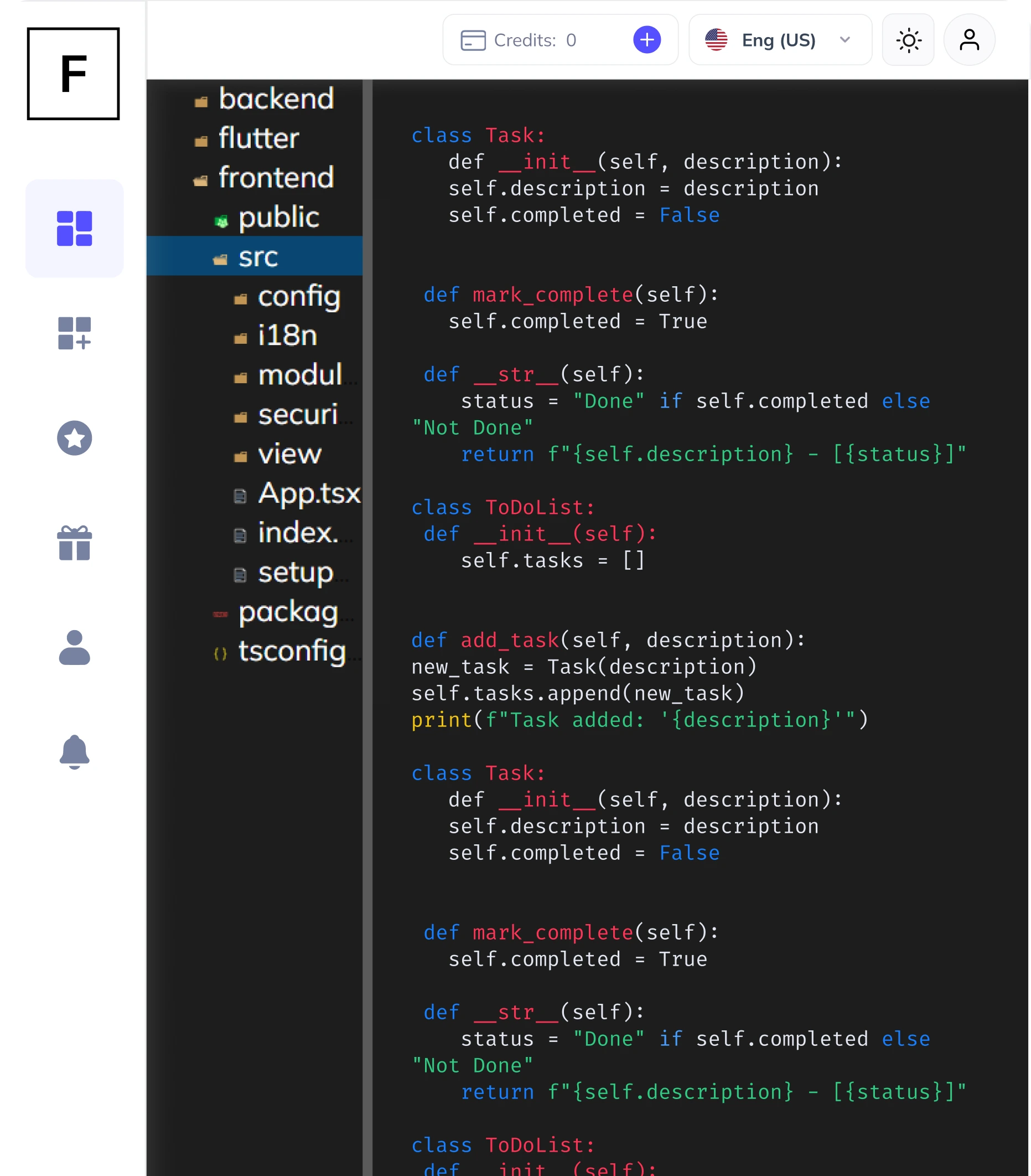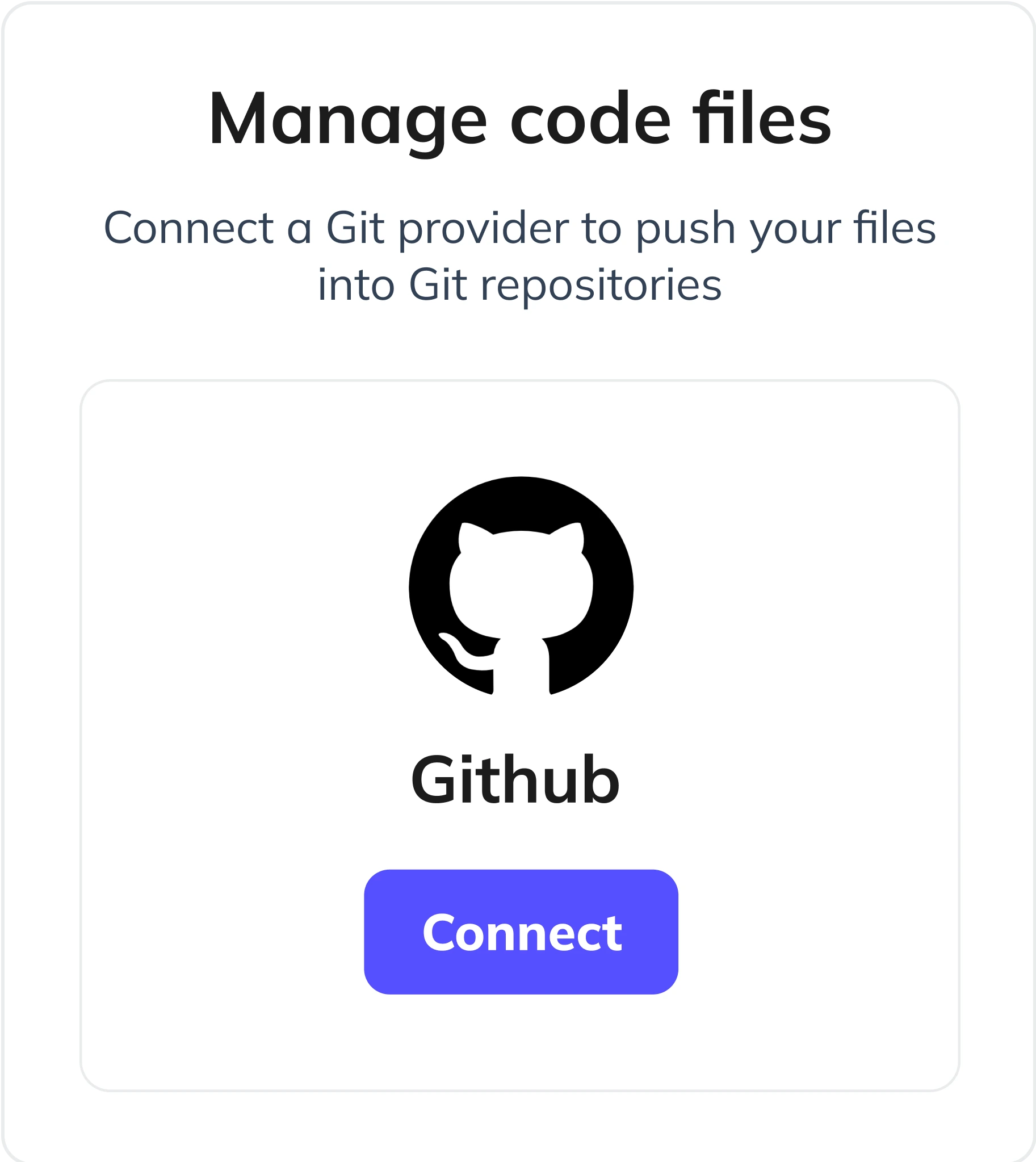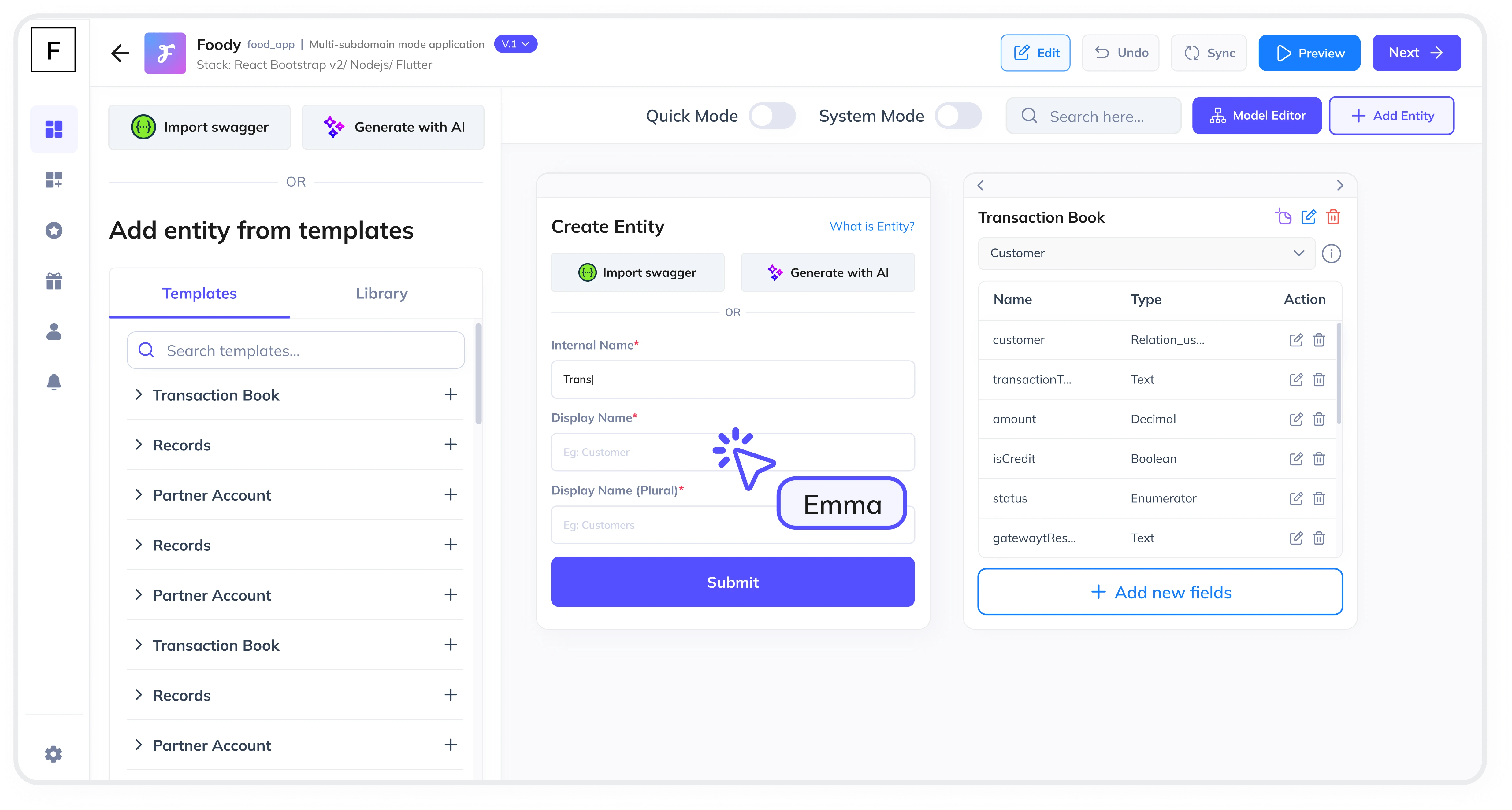Summarize and analyze this article with:
Public service management is a critical aspect of government and public sector operations. Efficiently tracking and improving public programs requires robust software solutions. With FAB Builder's low-code platform, creating a Public Service Management module has never been easier. This guide will walk you through the process step by step, highlighting the benefits of using FAB Builder and its key features.
Why Use a Low-Code Platform for Public Service Management?
Low-code platforms like FAB Builder empower organizations to build custom applications quickly and efficiently. Here’s why they are ideal for public service management:
- Speed: Rapid development and deployment of applications.
- Cost-Effectiveness: Reduced development costs compared to traditional coding.
- Flexibility: Easily adapt to changing requirements and scale as needed.
- Accessibility: No need for extensive coding expertise, enabling non-technical teams to contribute.
Key Features of FAB Builder for Public Service Management
FAB Builder offers a range of features that make it the perfect choice for building a Public Service Management module:
- AI-Assisted Entity Creation: Describe your application requirements, and FAB Builder will automatically generate entities and fields.
- Full Source Code Download: Download the generated code and customize it as needed. All intellectual property remains with you.
- Bulk Data Import/Export: Easily import and export data via Excel templates, with role-based permissions for security.
- Configurable File Storage: Choose from multiple storage options like AWS S3, Google Cloud Storage, or local file systems.
- Payment Gateway Integration: Integrate with Stripe, RazorPay, PayPal, and more for seamless payment processing.
- Multi-Tenant Configurations: Build SaaS applications and sell subscriptions to B2B consumers.
Step-by-Step Guide to Creating a Public Service Management Module
Step 1: Define Your Requirements
Start by outlining the goals of your Public Service Management module. Identify the key functionalities, such as program tracking, citizen feedback collection, and performance reporting.
Step 2: Choose Your Tech Stack
FAB Builder offers interoperability with various tech stacks, including:
MERN Stack (MongoDB, Express, React, Node.js)
MEAN Stack (MongoDB, Express, Angular, Node.js)
React with AntDesign, Tailwind, Bootstrap, or Material
Vue, Angular, Next.js, Node.js, .NET, Java, SQL, Android Native, or iOS Native
This flexibility ensures that your Public Service Management Module can adapt to any technology stack.
Step 2: Use AI-Assisted Entity Creation
Describe your application requirements in FAB Builder’s AI-assisted entity creation tool. The platform will automatically generate entities and fields based on your description.
Step 3: Customize the Generated Code
Download the full source code and customize it to meet your specific needs. Add business logic, integrate with existing systems, and ensure the application aligns with your workflows.
Step 4: Configure Data Import/Export
Set up bulk data import and export functionalities using Excel templates. Ensure role-based permissions are in place to maintain data security.
Step 5: Choose a File Storage Provider
Select a file storage provider that suits your needs, such as AWS S3 or Google Cloud Storage. Configure the storage settings within FAB Builder.
Step 6: Integrate Payment Gateways
If your module requires payment processing, integrate payment gateways like Stripe or PayPal. This is especially useful for services that require citizen payments or subscriptions.
Step 7: Deploy to the Cloud
With FAB Builder’s one-click deployment, deploy your application to AWS, GCP, or Azure. Ensure the application is production-ready and scalable.

Use Cases for Public Service Management Modules
- Program Tracking: Monitor the progress and impact of public programs.
- Citizen Feedback Collection: Gather and analyze feedback to improve services.
- Performance Reporting: Generate reports to evaluate program effectiveness.
- Resource Allocation: Optimize the allocation of resources for public services.
Benefits of Using FAB Builder
- Production-Ready Code: The generated code is ready for deployment, saving time and effort.
- No Vendor Lock-In: Full ownership of the source code ensures no dependency on FAB Builder post-download.
- Scalability: Easily scale your application as your needs grow.
- Multi-Tenant Support: Build SaaS applications and sell subscriptions to B2B consumers.
Why Choose FAB Builder?
FAB Builder stands out as a low-code platform due to its flexibility, scalability, and comprehensive feature set. Whether you’re building a Public Service Management module or any other application, FAB Builder ensures a seamless development experience. With multi-tenant configurations, you can even create SaaS applications and sell subscriptions to your B2B consumers.
Ready to get started?
Explore FAB Builder today and revolutionize your public service management processes.






